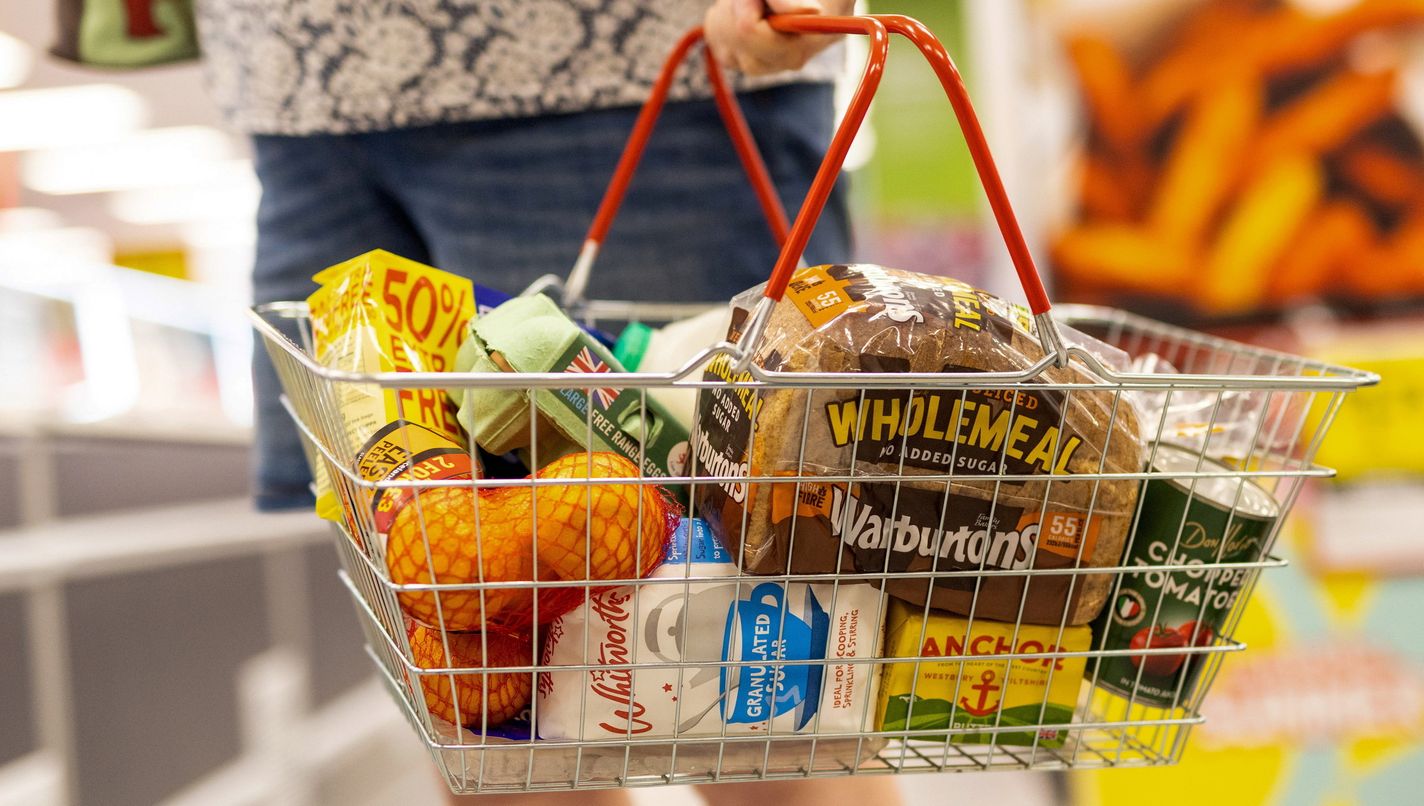What is a consumer price index?
A measure of inflation, and a tool to guide central bankers

INFLATION HAS DOGGED societies for centuries. Attempts to measure it properly began in earnest in the 20th century. In 1914 the British government calculated a “working-class cost of living index” to help guide adjustments to the wages of essential workers during the first world war. America’s Bureau of Labour Statistics (BLS) published inflation measures for 32 cities in 1919, and followed up with a national index in 1921. How do such consumer price indices work—and how have they changed over the years?
Early approaches involved establishing the composition of a typical shopping basket, and then surveying shops to see how the prices of the items moved from month to month, or year to year. The change in each item’s price was multiplied by its weight in the basket to create an inflation average for all items. The original aim was to work out how much the cost of living had changed over a given period.
More from The Economist explains

What are the obligations of Israel and Hamas to protect civilians?
International Humanitarian Law creates obligations—but contains numerous caveats

Why is so much of the internet’s infrastructure run by volunteers?
Malware smuggled into XZ Utils software highlights a bigger problem

The growing role of fighting robots on the ground in Ukraine
Drones already fill the skies. Now uncrewed vehicles are heading to the front lines